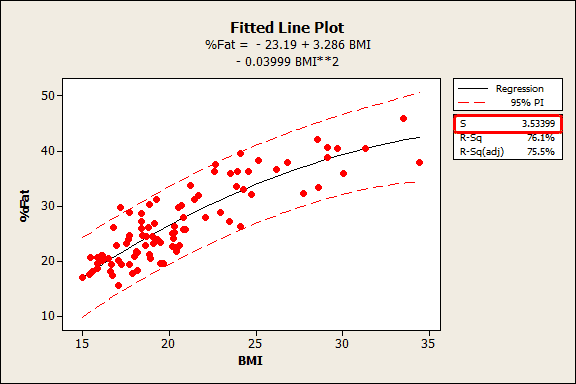

LinearMod Call: #> lm(formula = dist ~ speed, data = cars) #> #> Coefficients: #> (Intercept) speed #> -17.579 3.932 A low correlation (-0.2 < x < 0.2) probably suggests that much of variation of the response variable ( Y) is unexplained by the predictor ( X), in which case, we should probably look for better explanatory variables. The opposite is true for an inverse relationship, in which case, the correlation between the variables will be close to -1.Ī value closer to 0 suggests a weak relationship between the variables. If we observe for every instance where speed increases, the distance also increases along with it, then there is a high positive correlation between them and therefore the correlation between them will be closer to 1. Correlation can take values between -1 to +1. Plot( density(cars$dist), main= "Density Plot: Distance", ylab= "Frequency", sub= paste( "Skewness:", round(e1071:: skewness(cars$dist), 2))) # density plot for 'dist' polygon( density(cars$dist), col= "red")Ĭorrelation is a statistical measure that suggests the level of linear dependence between two variables, that occur in pair – just like what we have here in speed and dist. Par( mfrow= c( 1, 2)) # divide graph area in 2 columns plot( density(cars$speed), main= "Density Plot: Speed", ylab= "Frequency", sub= paste( "Skewness:", round(e1071:: skewness(cars$speed), 2))) # density plot for 'speed' polygon( density(cars$speed), col= "red") Ideally, if you are having multiple predictor variables, a scatter plot is drawn for each one of them against the response, along with the line of best as seen below. Scatter plots can help visualize any linear relationships between the dependent (response) variable and independent (predictor) variables.


Ideally, a close to normal distribution (a bell shaped curve), without being skewed to the left or right is preferred.

Box plot: To spot any outlier observations in the variable.Scatter plot: Visualize the linear relationship between the predictor and response.Typically, for each of the independent variables (predictors), the following plots are drawn to visualize the following behavior: But before jumping in to the syntax, lets try to understand these variables graphically. The aim of this exercise is to build a simple regression model that we can use to predict Distance (dist) by establishing a statistically significant linear relationship with Speed (speed). The graphical analysis and correlation study below will help with this. Head(cars) # display the first 6 observations #> speed dist #> 1 4 2 #> 2 4 10 #> 3 7 4 #> 4 7 22 #> 5 8 16 #> 6 9 10īefore we begin building the regression model, it is a good practice to analyze and understand the variables. Lets print out the first six observations here. You will find that it consists of 50 observations(rows) and 2 variables (columns) – dist and speed. You can access this dataset simply by typing in cars in your R console. cars is a standard built-in dataset, that makes it convenient to demonstrate linear regression in a simple and easy to understand fashion. ϵ is the error term, the part of Y the regression model is unable to explain.įor this analysis, we will use the cars dataset that comes with R by default. Collectively, they are called regression coefficients. Where, β 1 is the intercept and β 2 is the slope. This mathematical equation can be generalized as follows: The aim of linear regression is to model a continuous variable Y as a mathematical function of one or more X variable(s), so that we can use this regression model to predict the Y when only the X is known. The aim is to establish a linear relationship (a mathematical formula) between the predictor variable(s) and the response variable, so that, we can use this formula to estimate the value of the response Y, when only the predictors ( X s) values are known. Linear regression is used to predict the value of an outcome variable Y based on one or more input predictor variables X.


 0 kommentar(er)
0 kommentar(er)
